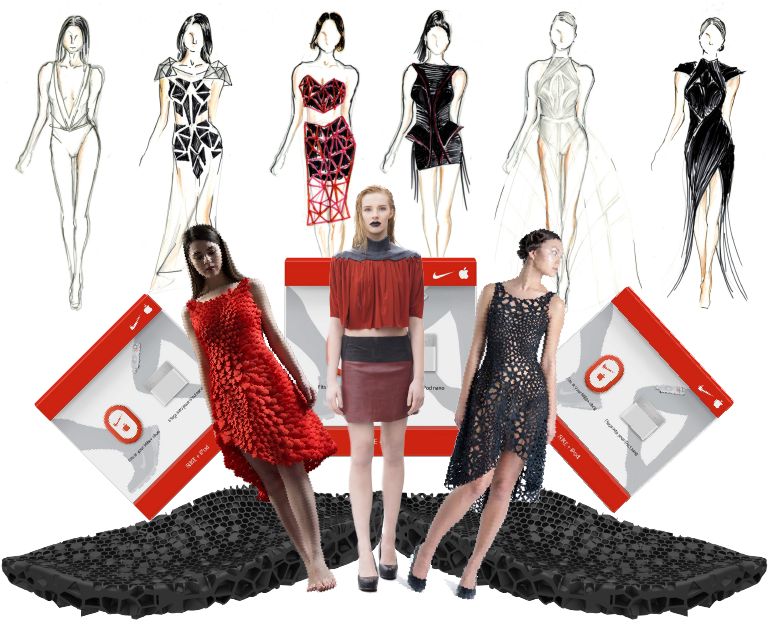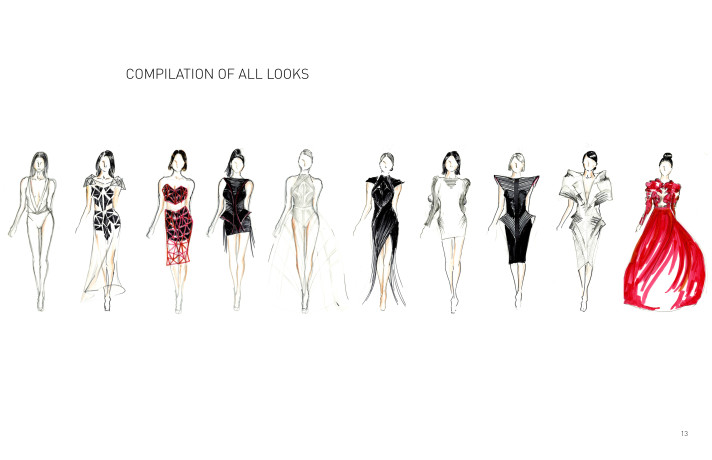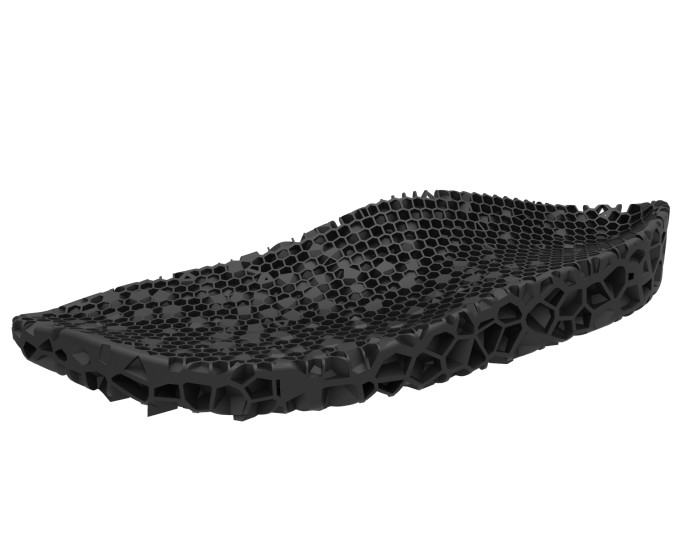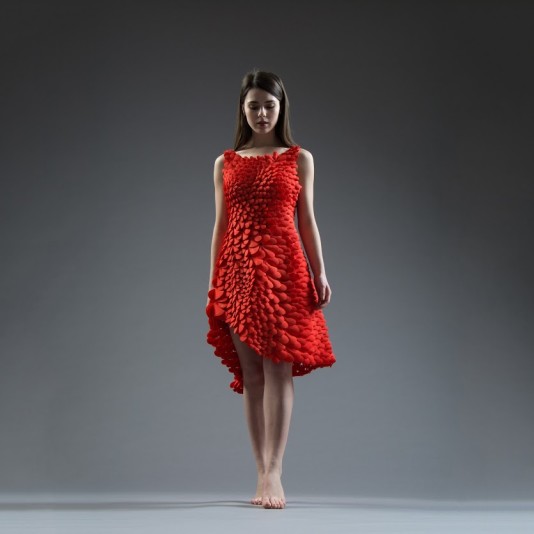
Throughout time, the fashion industry has evolved with each industrial revolution. The clothing production process embraced new technology with the invention of the cotton gin, the creation of factories and mass production techniques, and, more recently, the Silicon Valley tech boom. Finally, our Nike sneakers could track our mileage thanks to those new, crazy Apple iPods.
However, the fabrics and design processes themselves have more or less stayed the same for hundreds of years. Though men no longer wear bloomers and women now don jeans and t-shirts, the fashion industry still used the antiquated practices of sketching on paper and producing with traditional fabrics from the days of petticoats– until now. Now, we are at the precipice of the “Fourth Industrial Revolution,” a period characterized by rapid change in industry as a result of new physical, digital, and biological technology.
In this new era, even fashion is keeping up with futuristic methods of manufacturing and materials, leveraging 3D-printing technology to bring innovative designs and production processes to the fashion industry. Here at Shapeways, many of our education grant recipients have created “fashion of the future” and helped to revolutionize the industry as a whole.
Alexis Walsh, an education grant recipient from our inaugural class in 2014, was able make her ground-breaking designs a reality with the help of Shapeways’ funding and technology. Walsh used Shapeways 3D printing to create her LYSIS collection, a clothing line she designed for her senior thesis at Parsons The New School for Design. She 3D printed elements of her pieces– like the neckpiece featured below– in white nylon, then sanded, dyed, and finished the piece by hand. Her work demonstrates not only the capabilities of 3D-printing in fashion during 3D production itself, but also how this art can evolve in post-production and combine with traditional materials.
Since the beginning of the Shapeways education grant program in 2014, many more of our grant recipients have gone on to create innovative fashion designs that would not be possible without 3D-printing. In Spring of 2016, a team of grant recipients from Carnegie Mellon University, designed a clothing collection incorporating 3D parametric and geometric shapes, requiring Shapeways’ additive 3D printing technology. They manipulated our nylon materials in unique ways to create a fabric-like material for some pieces, and maintained the angular nature of the nylon for others.
3D printing isn’t just changing high couture, but also the clothing we wear every day. Matthew Flail and Timothy Ganter of Philadelphia University, grant recipients from Spring of 2015, have developed a way to make customizable athletic sneaker insoles using elastomeric filaments and 3D printing. After starting to create their products on desktop 3D-printers, they realized they needed Shapeways’ industrial-sized printers to scale up their business. Once they have perfected their custom insoles for mass production, they intend to use Shapeways 3D-printing to create fully customizable sneakers from heel to toe.
These Shapeways projects are just the beginning for the future of fashion in the Fourth Industrial Revolution. Universities all over the world are beginning to expand design curriculum with a focus on “Computational Fashion,” like MIT’s new minor in design, which includes lectures from Jessica Rosenkrantz, half of the duo Nervous System and designed the Kinematics Dress.
3D printing isn’t the only way the fashion industry is adapting to the future. With more research being put into biomaterials and wearable technology as a whole, from the FitBit bracelet to fabrics that can detect emotions, as well as advances in artificial intelligence, the fashion industry is sure to take the world by a storm, bringing Shapeways along for the ride.
Are you an undergraduate or grad student pushing the boundaries of 3D-printing technology? You could receive up to $1000 in Shapeways credit to realize the designs of your dreams through the Shapeways Education Grant program. Learn more about the Shapeways Education Grant and apply at https://www.shapeways.com/education.








